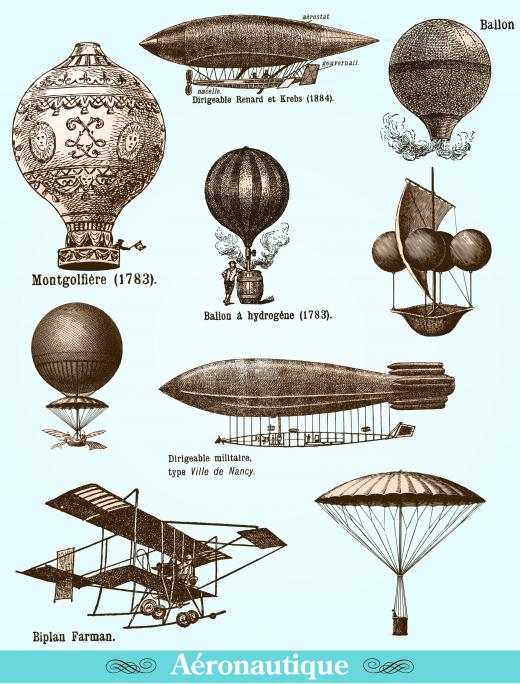What Are the Noble Gases?
The noble gases, sometimes referred to as the inert gases, are elements that make up the 18th group of the periodic table. Elements in groups on the periodic table tend to share many chemical properties. For example, the noble gases usually lack any color or smell; are not flammable; and are, in most circumstances, unlikely to enter into chemical reactions. All of these properties apply specifically in normal temperature and pressure conditions, as different properties can emerge in extreme temperature or pressure conditions. At extremely low temperature and high pressure, for instance, members of group 18 become liquid and can be used as powerful cryogenic refrigerants.
The first six noble gases in group 18 occur in nature, and some of them are among the most prevalent elements known to man. Helium and neon, the first two of the noble gases, are the second and fourth most prevalent elements in the known universe. Each successive noble gas is less prevalent in nature than the preceding one. The abundance of the gases on Earth does not reflect their relative abundances in the rest of the known universe, however. Helium, for instance, is the second most prevalent element in the known universe but only the third most prevalent noble gas in the Earth's atmosphere.

One of the most notable properties of the noble gases is the low chemical reactivity demonstrated in most conditions. The atomic properties of group 18 elements can be used to explain the low reactivity. The noble gases each have a full valence shell, essentially meaning that all of the available spaces for electrons are taken. An atom with a full valence electron shell has no particular inclination to react with other atoms or molecules because reactions involve the sharing or exchange of electrons. Chemical reactions tend to occur because the sharing or exchange of electrons brings the atoms involved closer to a "noble gas configuration" with a full valence shell — a noble gas already possesses such a configuration, so it is unlikely to react chemically.

Many different scientific and industrial processes make use of various noble gases. Liquid helium and liquid neon, for instance, exist at temperatures near absolute zero, so they can be used as powerful refrigerants for superconductors and other devices that function only at low temperatures. Helium is also commonly mixed in with the gases used by divers for breathing because it is not readily absorbed by human tissue as other gases, such as nitrogen, are. Noble gases are also used to provide buoyancy to balloons and airships, to produce lights, and as components in powerful lasers.
AS FEATURED ON:
AS FEATURED ON:















Discuss this Article
Post your comments